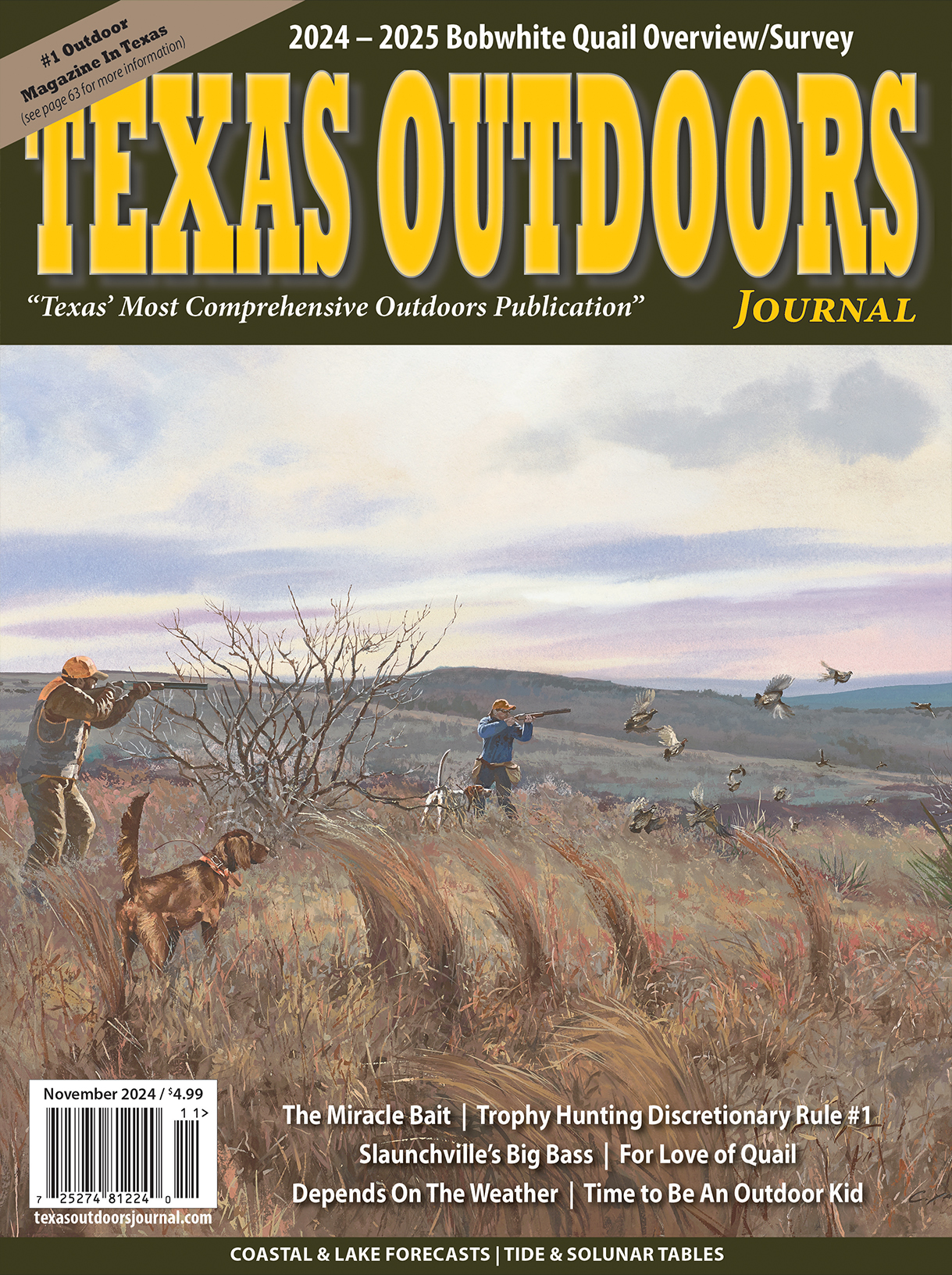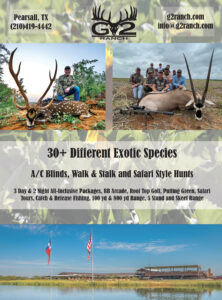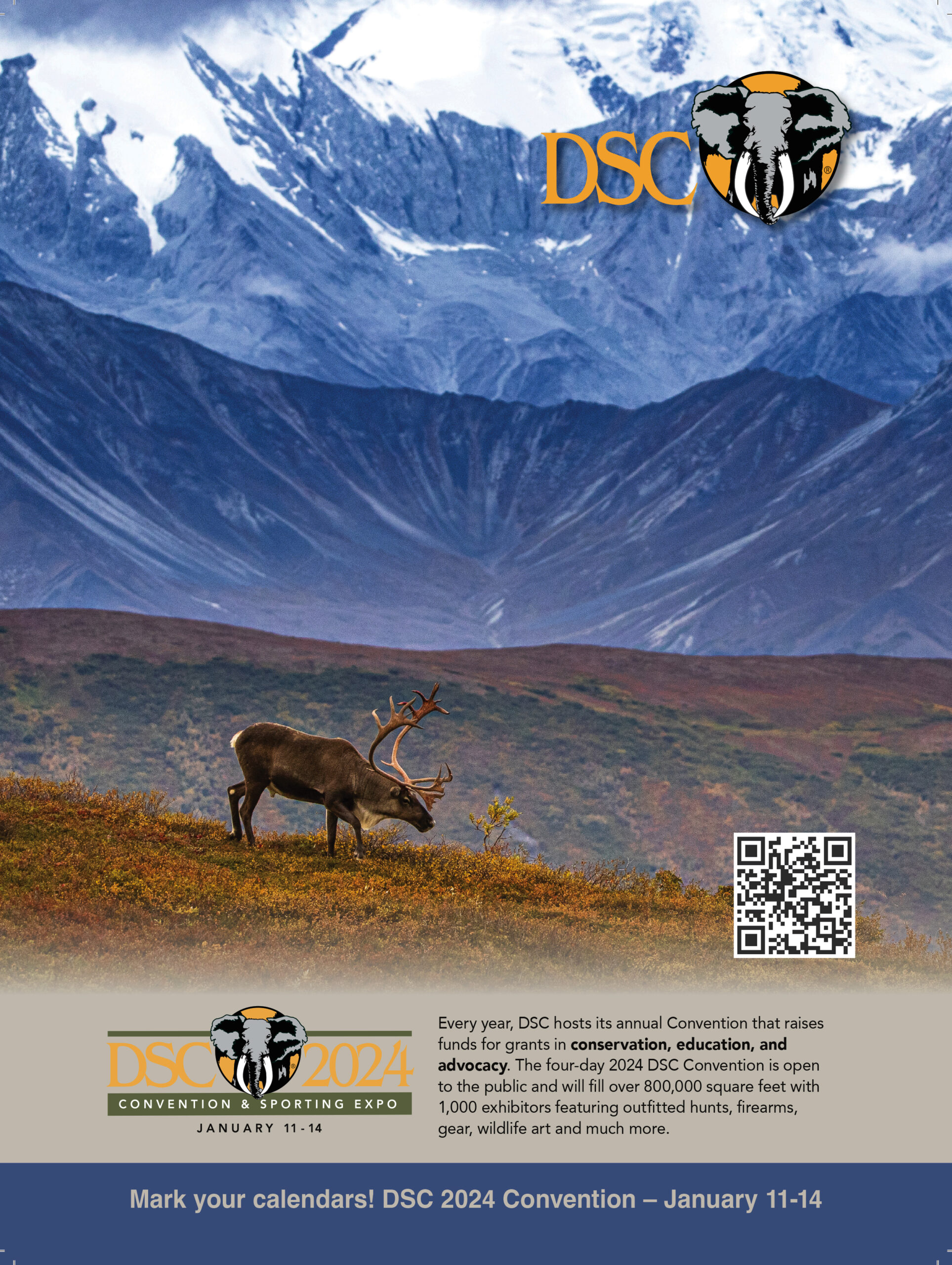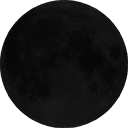
TPW Commission Emergency Action Changes Spotted Seatrout Regulations in Laguna Madre Beginning April 1 Due to Feb. Fish
AUSTIN- Winter weather the week of Feb. 14, 2021 led to fish kill events along the entire Texas coast. Freezing events along the Texas Coast are rare, but extreme cold temperatures can be a natural cause of fish kills. If fish do not make it to refuge in deeper, more temperature stable water in cold weather, they may die when water temperatures reach a certain threshold. After the first fish kill was reported in the Lower Laguna Madre, Texas Parks and Wildlife (TPWD) biologists began the process of assessing fish kills across multiple bay systems over the course of two weeks.
An estimated minimum of 3.8 million fish were killed throughout the Texas coast during the Feb. 2021 freeze event. This fish kill consisted of at least 61 species. Non-recreational species contributed to 91% of the total mortality in numbers of fish. While not sought after by most anglers, non-recreational fish are ecologically important and play a significant role in the overall health and diversity of marine ecosystems.
Both the Upper and Lower Laguna Madre bay systems were hit particularly hard by this event. The Lower Laguna Madre had the highest mortality of Spotted Seatrout with an estimated 104,000 fish killed. That comprised 65% of the total estimated Spotted Seatrout killed and when combined with the Upper Laguna Madre, it comprised 89% of the total estimated Spotted Seatrout mortality along the Texas coast.
“The Spotted Seatrout mortality in the combined Upper and Lower Laguna Madres is comparable to the events from the 1980’s, despite those events seeing a larger number of fish killed on the entire coast. Luckily, we saw Spotted Seatrout populations bounce back in approximately two to three years in the 1980s due to TPWD and angler conservation efforts “ said Robin Riechers, Coastal Fisheries Division Director.
After reviewing the fish kill assessment report from the Coastal Fisheries Division, the TPW Commission took emergency action in its March 24 meeting to temporarily change bag and size limits for Spotted Seatrout in the Upper and Lower Laguna Madre bay systems. The new regulations for spotted seatrout in the bays and beachfronts of the Laguna Madre include:
- a three fish bag limit,
- a minimum size length of 17 inches
- a maximum size length of 23 inches and;
- no fish over 23 inches may be retained.
These changes take effect on April 1 and are valid for up to 120 days. If warranted, they may be extended another 60 days. For this regulation, the Laguna Madre boundary is defined as south of the JFK Causeway near Corpus Christi (including the adjacent beachfronts from Packery Channel) to the Brownsville Ship Channel on the bay side and to the Rio Grande River on the gulf side of South Padre Island.
“The TPW Commission is understandably very judicious with their application of Emergency Actions, but given the high, post-freeze mortality estimates, clearly these changes were necessary for the benefit of the Laguna Madre speckled trout population. We are hopeful that by taking off some of the fishing pressure for mature fish during the spring spawn, this action will aid in their overall recovery, and in fact, hopefully accelerate it,” said Carter Smith, Executive Director of TPWD.
Biologists expect this type of management action to result in an increase in population numbers since more mature fish are left in the water to spawn during the spring through summer spawning season. Spotted Seatrout spawn from April to September. By taking proactive measures such as immediately lowering the bag and adjusting size limits, better recruitment is possible. This coupled with Spotted Seatrout production at TPWD coastal fish hatcheries will accelerate recovery.
Coastal Fisheries biologists will be able to present a more complete assessment of the impacts on particular species as routine monitoring (gill nets, bay trawls, and bag seines) continues. Data from these sampling efforts can then be compared to sampling efforts from previous years. For many of the key game species, informative data will start coming in with spring gill net sampling which runs from mid-April thru June. Once that data is compared and analyzed by biologists, the TPW Commission can reassess the emergency action. Any change that would occur after the emergency rule would go through a more traditional rulemaking process.
For a copy of the Coastal Fisheries Winter Report that details our fish kill assessment strategy, please email cfish@tpwd.texas.gov.









